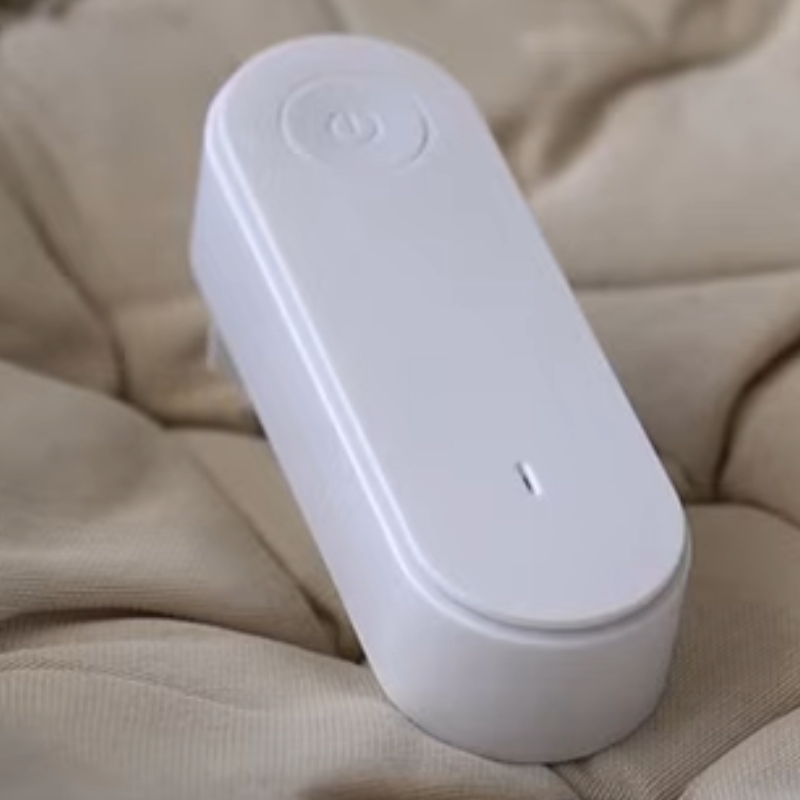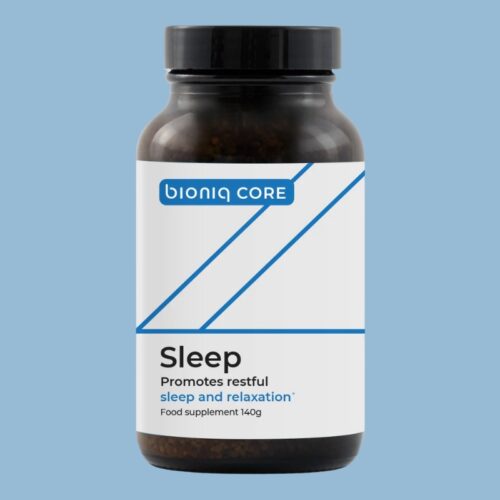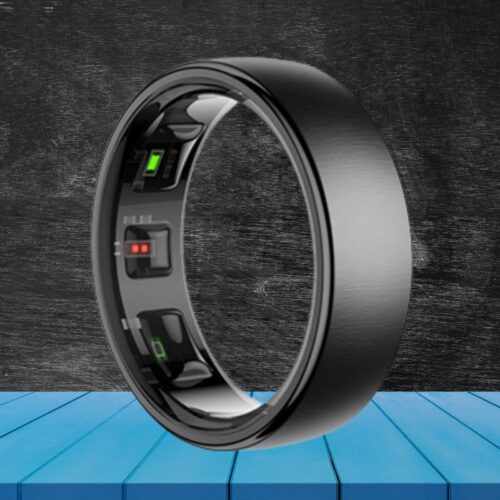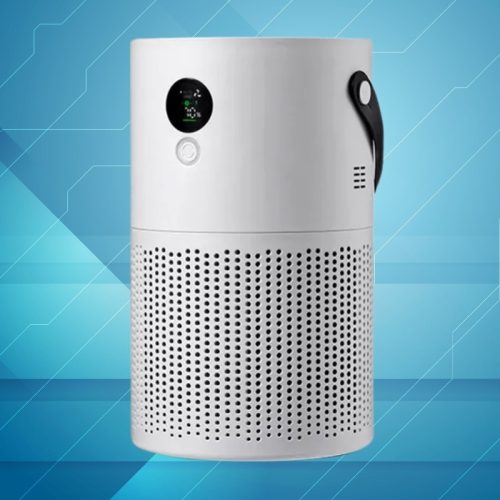Description
Mold in bathrooms, kitchens, laundry areas—any where moisture clings—is a persistent household challenge. Products like MagAir Mold Remover (a mold-removal gel or spray) provide targeted, practical solutions that work deep into grout lines, tiles, silicone seals, and more. This article examines what sets MagAir apart, compares it to market favorites, and provides detailed guidance on usage, safety, and maintenance.
How MagAir Works: Science in Action
Though specifics of MagAir’s formulation are proprietary, it likely mirrors popular gel-type removers:
-
Gel consistency clings to vertical or curved surfaces, maximizing dwell time and efficacy.
-
Active agents (e.g., sodium hypochlorite or oxidizers) penetrate mold at the roots.
-
Works without heavy scrubbing, and includes regrowth inhibitors for longer-lasting cleanliness.
This model shares characteristics with similar products like GlassGuard’s mold remover gel, which claims up to 99% mold removal on porous surfaces .
Market Comparisons & Positioning
GlassGuard Miracle Mold Removal Gel
-
Eco-friendly, sodium hypochlorite-based formula
-
No-scrub, long dwell formula with a precision applicator for grout/corners
-
User results show noticeable mold reduction after 3–5 hours
Spray-Based Alternatives (e.g., Clorox Tilex, RMR-86)
-
Fast-acting, bleach-based sprays for general surfaces
-
Often require rinsing and scrubbing; good for non-porous areas
Bottom line: MagAir likely slots into the gel remover niche—best for grout and vertical areas—offering more precision than sprays and deeper, longer-lasting action.
Why Gel-Based Mold Removers Shine
Advantages of gels like MagAir or GlassGuard:
-
Cling & dwell on vertical surfaces, ensuring active ingredients fully penetrate mold.
-
Precision application, especially effective at grout junctures and caulk seams.
-
No scrubbing, reducing elbow grease and surface damage.
-
Longevity, suppressing regrowth and thorough stain removal.
Compared to sprays, gels are tailored for tough-to-reach, grout-heavy mold problems.
Real-World Feedback & Performance
User reviews for GlassGuard illustrate the experience MagAir could emulate:
-
Cleaners who struggled with persistent mold found the gel easy to apply—with noticeable results after just one application .
-
The precision tip is often praised for enabling neat, targeted use even in narrow gaps .
-
The eco-friendly, lower-odor formula supports usability, though ventilation is still recommended .
If MagAir aligns with these traits—a thick gel format, applicator tip, non-toxic formula, and dwell time of several hours—it should perform similarly.
Step-by-Step: Using MagAir Mold Remover
-
Prep: Clean surface of soap scum or visible debris; dry if needed.
-
Ventilate: Open windows or run a fan.
-
Apply: Shake well, then apply a bead or line over moldy grout, tile seams, and silicone seams.
-
Set: Let dwell 3–5 hours (overnight for serious stains).
-
Rinse/wipe: Use water and cloth or sponge to remove residue and dead mold.
-
Inspect: If remnants linger, repeat or lightly scrub.
-
Maintain: Open vents during showers, dry surfaces frequently, and repeat every few months.
Safety Guidelines: Clean with Confidence
-
Wear gloves, and consider eye protection, especially around bleach-based products.
-
Ventilate—outdoor or fan-assisted airflow is vital.
-
Avoid mixing MagAir with other cleaners.
-
Store sealed; harmful if ingested or in contact with eyes.
8. Addressing Mold at the Source
For lasting results, pair MagAir with moisture control:
-
Install or clean fans.
-
Use dehumidifiers in damp zones.
-
Seal leaks, fix tiling issues, ensure grout and caulk integrity.
Without moisture control, mold may return—often within days.
Price & Value Consideration
Gel removers tend to be more expensive per ounce than spray options ($25–$60 per 10 oz), but their concentrated action, reusability, and precision make them cost-effective for stubborn mold zones. Many brands offer money-back guarantees .
Final Verdict
If MagAir Mold Remover delivers:
-
A cling-prone gel,
-
A precision applicator,
-
A multi-hour dwell formula,
-
Effective mold kill and stain removal,
…it's a professional-grade remedy for grout, caulk, and vertical mold challenges. For everyday spray-friendly spots, pair it with Clorox Tilex or RMR-86 to build a powerful dual strategy.
Tips for Long-Term Mold Management
-
Weekly: Wipe shower walls with squeegee; air dry.
-
Monthly: Visually inspect for mold and treat affected spots immediately.
-
Seasonally: Reapply MagAir to grout seams proactively.
-
Annually: Reseal or recaulk if silicone is degraded.
Conclusion: A Smart Choice for Clean, Healthy Homes
MagAir Mold Remover—like other high-quality mold gels—solves deep-seated molds in grout that sprays miss. Its targeted performance makes it a smart investment in home hygiene. When combined with moisture control and proper ventilation, it empowers you to maintain mold-free surfaces confidently and efficiently.
1. What is MagAir Mold Remover?
MagAir Mold Remover is a powerful, gel-based cleaning product designed to eliminate mold and mildew from surfaces such as tile grout, caulking, silicone, and shower walls. It clings to vertical and porous surfaces, making it ideal for targeted applications.
2. How does MagAir Mold Remover work?
It uses a thick gel formula that adheres to mold-infested areas and allows active ingredients to penetrate and break down mold, mildew, and dark stains at the root level—often without scrubbing.
3. What surfaces can I use it on?
You can safely use MagAir on tiles, grout lines, bathroom caulking, glass shower doors, rubber seals, bathtubs, sinks, kitchen tiles, and other non-porous or semi-porous surfaces.
4. Do I need to scrub the mold after applying it?
Not usually. The gel is designed to work on its own. For stubborn stains, a gentle wipe or light scrubbing after letting it sit for several hours may enhance results.
5. How long should I leave MagAir Mold Remover on the surface?
It’s recommended to leave it on for 3–5 hours, or overnight for heavy buildup. The longer the dwell time, the better it penetrates deeply to eliminate mold.
6. Is MagAir safe to use indoors?
Yes, when used as directed. Always ensure proper ventilation while using it indoors, and avoid direct inhalation of fumes. Keep it away from children and pets.
7. Does MagAir prevent mold from coming back?
Yes, to some extent. While it kills existing mold and removes stains, long-term mold prevention depends on proper moisture control (ventilation, dehumidifiers, fixing leaks, etc.).
8. Is MagAir Mold Remover bleach-based?
Most mold gels like MagAir do contain bleach or chlorine-based agents to eliminate mold stains and spores. Always check the label for specific ingredients before use.
9. Can I use MagAir in kitchens or around food-prep areas?
It can be used in kitchens, but thorough rinsing is crucial afterward. Avoid using it directly on food-contact surfaces like cutting boards or countertops used for raw food prep.
10. How often should I use MagAir Mold Remover?
Use it as needed—typically every 1–3 months, depending on humidity levels and how quickly mold reappears. For prevention, monthly touch-ups on vulnerable areas are effective.
Disclaimers and Disclosures
The content presented in this article is intended for informational and educational purposes only. While every effort has been made to ensure accuracy, completeness, and clarity, there may be inadvertent errors, typographical mistakes, or outdated details. Readers are strongly encouraged to verify any product claims, statistics, and pricing with the official manufacturer or provider before making any purchase or usage decision.
This article does not constitute professional advice, including but not limited to medical, cleaning, environmental, or health-related guidance. Individuals with sensitivities, allergies, or underlying conditions should consult with a qualified professional before using any mold remediation products, including MagAir Mold Remover or comparable solutions.
Statements regarding the effectiveness or safety of MagAir Mold Remover are based on publicly available product descriptions, customer testimonials, and general market trends. These statements have not been evaluated by the Food and Drug Administration (FDA) or any equivalent regulatory authority. The product referenced is not intended to diagnose, treat, cure, or prevent any disease or household hazard.
This article may contain affiliate links. If a reader clicks on such a link and makes a purchase, the publisher or its partners may receive a small commission at no additional cost to the reader. These commissions help support the continued creation and distribution of content but do not influence the editorial integrity of the article. All opinions expressed remain those of the content creator(s) and are presented in good faith.
To the fullest extent permitted by law, the publisher, author(s), content distributor(s), and associated platforms assume no liability for any damages, losses, or issues that may arise from the use or misuse of the information or products discussed herein. By reading this content, users agree to assume full responsibility for any decisions made based on the material provided.
Content distribution partners, republishers, and syndication outlets are similarly held harmless from any liability, errors, or legal claims resulting from this article. All parties are encouraged to review final information with original manufacturers or consult independent experts where applicable.




